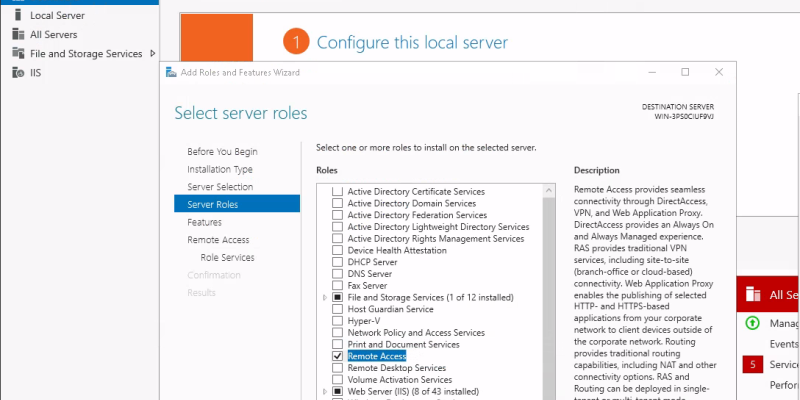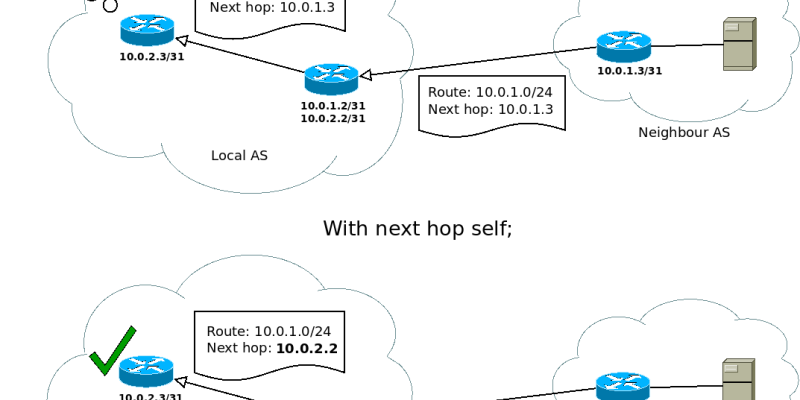Occasional thoughts and tidbits.
This article is part of a series where I discuss dn42, a decentralized VPN and community for studying network technologies. You can find out more about dn42 on its Wiki: https://dn42.dev/
BGP and dn42 on a Windows Server
Earlier this month, I saw a hosting provider on LowEndTalk offer free Windows Server along with some fairly beefy VMs. As someone who's been running and administering Linux machines for several years now, I thought it'd be a cool experiment to play with something new.
And as a networking enthusiast, I had to give Windows Server's native networking features a try. As documented by many blog posts before me, Windows Server actually comes with its own dynamic routing stack supporting BGP!
Building Anycast Services on dn42
This article is part of a series where I discuss dn42, a decentralized VPN and community for studying network technologies. You can find out more about dn42 on its Wiki: https://dn42.dev/
Anycast is an addressing and routing technique where a destination IP is shared by multiple hosts. On the Internet, anycast is widely used by CDNs and DNS servers to achieve high availability as well as geographical redundancy. In dn42, Anycast prefixes can be announced by one or more ASes - the former is used by many individual participants to host AS-specific services (DNS, websites, etc.), and the latter is used to host decentralized services for dn42 more broadly (e.g. the anycast DNS and Whois servers).
This article is part of a series where I discuss dn42, a decentralized VPN and community for studying network technologies. You can find out more about dn42 on its Wiki: https://dn42.dev/
All of my examples here use Bird 2, and assume you use the same config variables as dn42's guide: https://dn42.dev/howto/Bird2
Multiple servers on dn42: iBGP and IGPs
Connecting to dn42 is fairly straightforward - after registering your resources, you coordinate with other participants to establish tunnels onto the network. However, dn42 is more than just adding peers. At some point, you may want to expand your own network to multiple machines and locations.
Before you can setup peerings from multiple locations though, your nodes first need to have a complete picture of your own network. In addition to all your external BGP connections, this requires configuring another another piece: internal BGP, or iBGP for short.


